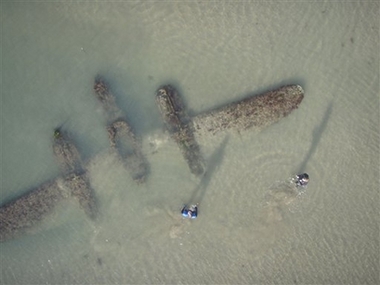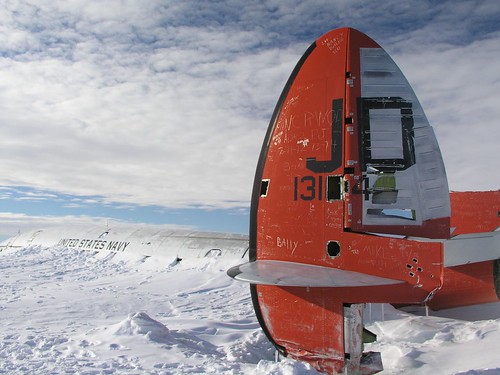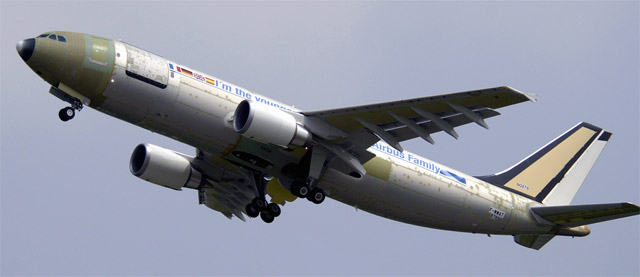After writing my last blog post about John Travolta’s 707, I became interested in the history of this classic airliner.
So, here it is. Ladys & Gentlemen fasten your seatbelts, the history of the John Travolta Boeing 707.
His 707-138B was built in 1964, constructed at Boeing Seattle and has Boeing Construction Number 18740 Line 388.
1964 John Travolta was 10 years old. Travolta first became enamored of aviation as a child. He observed the flight paths of the nearest airports, read books on aviation, and took special interest in Constellations, DC-6s and DC-7s. Attesting to his early charisma, he persuaded the girls in his neighborhood to don their Brownie uniforms to play flight attendants as he “captained” his backyard airliner.
On September 10, 1964 first owner became Qantas. It’s registration number became VH-EBM “City of Launceston”. [ Photo ]
It was primary used for routes from Sydney to Asia and North/South America.
Since November 1, 1968 it was withdrawn from use and stored engineless at Sydney Airport. The same year in June it was already cancelled from the Australian Aircraft Register.
On June 7, 1969 new owner became Braniff International Airways. It’s registration number changed to N108BN.
From February 24, 1972 till 1975 it was owned by Frank Sinatra.
During this time, on October 20, 1973, it was again withdrawn from use and stored.
In June 1975 it was sold to Boeing.
In September 1975 it was again sold, this time to Kirk Kerkorian / Tracy Investments Corp (Tracinda / TIC).
Since September 26, 1977 it was owned by TAG Aviation, a holding company based in Luxembourg.
During this time it was also leased to Saudi Arabian Sheikh Akram, for short time.
On August 25, 1981 the 707 was again withdrawn from use, stored at Newark and ferried to Le Bourget for further storage in August 1983.
In December 1983 our 707 returned to service.
In November 1987 it has been sold to Trans Oceanic Aviation.
1988 – 1989 it was out of service again. During this time VIP interior was installed and it was modified with hush kits which converted it to a 707-138B(Q).
In July 1990, with a changed registration number to N707XX it returned to service.
In 1995 the ownage changed again to “Aviation Methods” and was ferried to Istanbul for storage on 29 October 1995.
In September 1996, with only 27,682 of total flying hours, it was offered for sale.
On May 20, 1998 it was finally registered to Jet Clipper Johnny LLC (John Travolta), sold on May 25, and changed registration on December 13, 1998 to N707JT “707 Jett Clipper Ella”. Named after his children “Jett” and “Ella”, Clipper in homage to legendary airline Pan Am, which used/uses “Clipper” in all their aircraft names.
In June 2002, the 707 finally returned home to Qantas, since Travolta participated in the Qantas “Spirit of Friendship” tour, because it was always his dream to be involved with a major airline in some way. He was piloting his own Boeing 707 on a thirteen city, 35,000 mile tour. [ Photo ] He continues as Ambassador-at-Large for the Australia based Qantas Airways. For this campaign the plane was repainted in full classical Qantas “V-Jet” livery. The same livery that was used for the 707’s first flights, back in the old days.
John Travolta is a pilot with a life long passion for aviation. Since earning his wings in 1974, he has logged close to an astounding 5,000 flying hours. Literally every cent of his first paychecks went to flying lessons. He achieved qualification as a captain in the Gulfstream II, Learjet 24, Hawker 1A, Citation 1 and 2, Tebuan and Vampire Jet. He owns the type rating for the Boeing 707 and is certified for SIC privileges (Second In Command). Travolta keeps his skill up-to-date through continual refresher courses, training at American Airlines, SimuFlite and others.

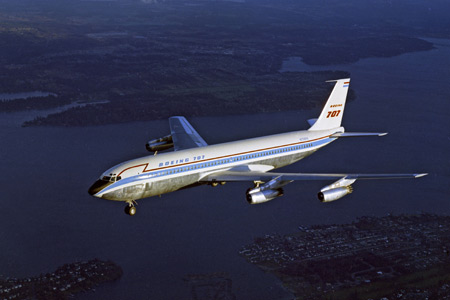
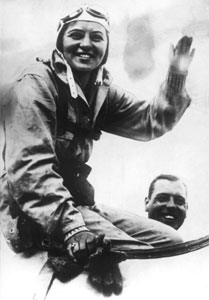 German aviation pioneer Elly Beinhorn-Rosemeyer died last Wednesday, November 28, at age of 100 (!) in a senior citizen home near Munich, Germany.
German aviation pioneer Elly Beinhorn-Rosemeyer died last Wednesday, November 28, at age of 100 (!) in a senior citizen home near Munich, Germany.